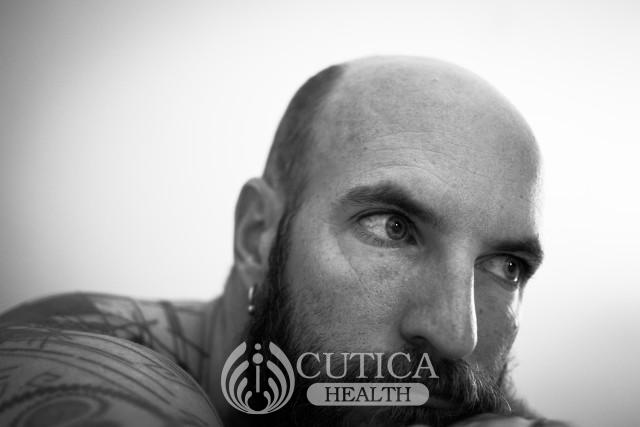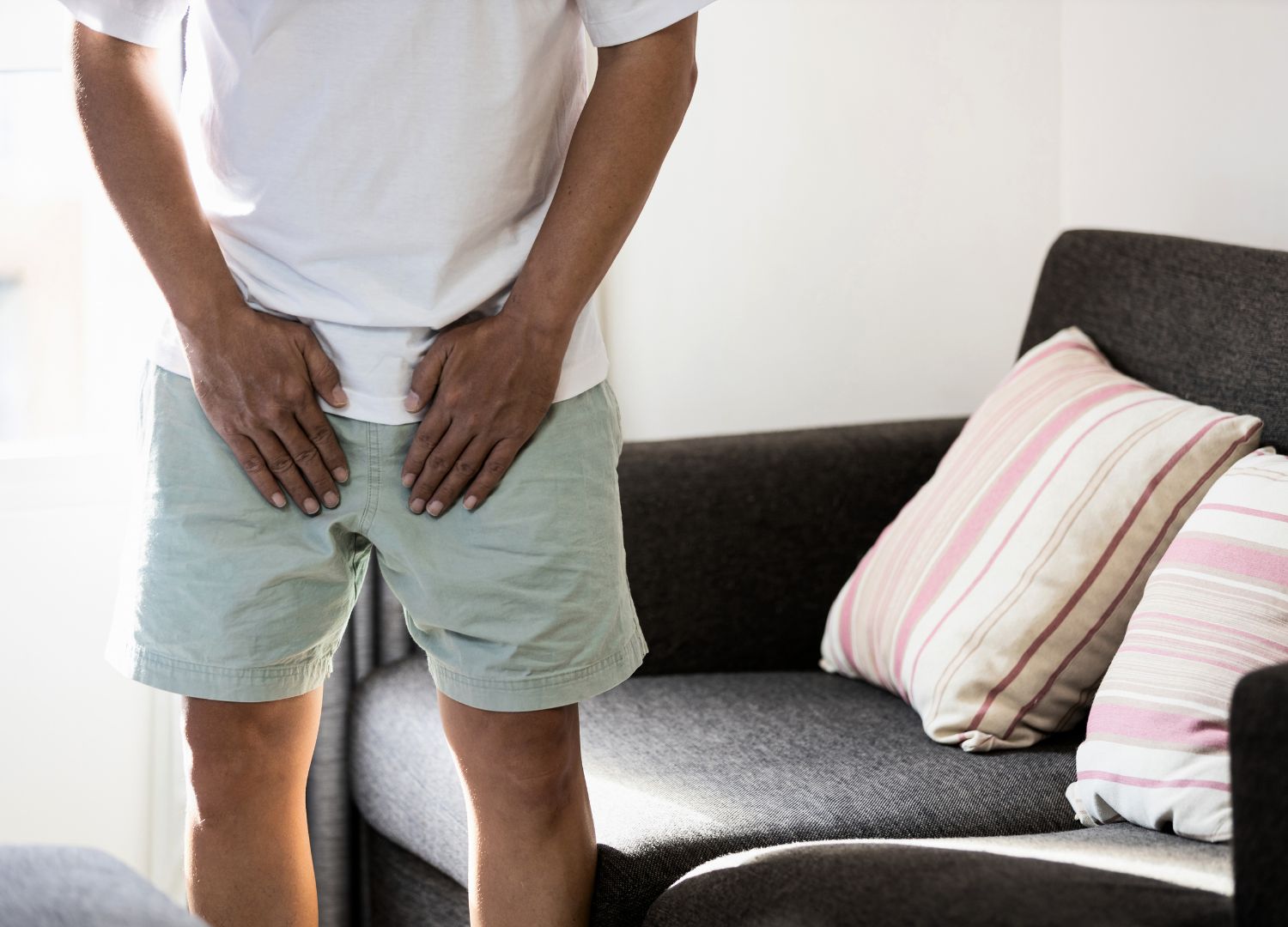
Joachim is 39-years-old. He first noticed a thinning hairline eight years ago. Currently, almost all his head hair is gone, and has to keep up with twice-weekly shaves. In his early 20s, he had dreadlocks. He always wondered whether they are the reason his baldness came on early. His dad was not bald when he died at 72, but his maternal grandfather was.
Joachim had visited a dermatologist about an aftershave skin rash and got a chance to ask about his baldness.
Here is what he learned:
Family history, older age, poor nutrition, lifestyle, and chronic health conditions are the main risk factors for developing baldness in men.
The causes of baldness in men
- Male Pattern baldness

Inherent genes or a family history of baldness is the number one cause commonly referred to as male pattern baldness. Inherent baldness in men is medically known as androgenic alopecia, mainly associated with male sex hormones called androgens. Among the many functions of androgens is regulating hair growth. Ideally, male pattern baldness is a result of sensitivity to dihydrotestosterone (DHT)- a byproduct of testosterone. When hair follicles are sensitive to DHT, the hair growth cycle gets impaired, hair follicles shrink, and over time the follicles produce shorter-finer hair strands. Ultimately, the hair follicles involved fail to produce new hair strands, one by one hair falls, and new hair fails to grow back.
The male baldness pattern, as the name suggests, typically observes predictable patterns. For example;
- Hair thins on top of the head, spreading outwards towards the temples and to the back of the head.
- Hair starts thinning and receding from the front, shifting the hairline further back over time.
At what age do men with genetic predisposition start losing their hair?
Many men with the gene will start noticing hair thinning, receding hair, or hair loss between the ages 21-35 years. By age 50 years, many will have significant hair thinning or loss.
Once other causes of hair loss get ruled out, history and the hair loss pattern can confirm male pattern baldness. Typically, it does not present with other symptoms apart from hair thinning or receding hairline, unlike other causes of hair loss that present with other symptoms.
Other causes of baldness or hair loss
There are several other reasons for hair loss in men. Notably, unlike male-pattern baldness, other causes of hair loss and balding do not follow a pattern, have other associated symptoms, and are not predictable. The hair loss degree may vary and may be reversible or irreversible (permanent).
- Alopecia areata – This is an autoimmune condition where the body’s immune system wrongly atjacks the hair follicles and lead to hair loss. It presents with patches on the scalp, other parts like the eyebrows, eyelashes, and beard may also be affected.
- Telogen effluvium is hair loss that is triggered by a traumatic event; for example, surgery, accident, psychological stress or depression, illness, or extreme weight loss. This cause of hair loss is temporary, once fully recovered.
- Chronic diseases that cause hair loss include; thyroid diseases, lupus, secondary syphilis, among others.
- Acute skin disease or inflammation due to bacterial or fungal skin infections may cause temporary hair loss to the areas affected. Once treated, hair mostly grows back.
- Some medications also cause hair loss that is most times reversible, where hair growth likely resumes once the person stops taking the medication.
The most common offenders are drugs used to treat cancer (chemotherapy). Less common causes include some acne medications, antifungal drugs, anticoagulants, immunosuppressants, hypertension treatment, and antidepressants. Consulting with your doctor about the prescribed medicines and possible side effects is advised.
- Nutritional deficiencies – An inadequate intake of proteins, vitamins, and minerals may cause nutritional deficiencies that will lead to shedding excessive hair or hair loss. A balanced diet helps maintain good hair quality and quantity of hair.

How to Prevent Baldness
Good nutrition and a healthy lifestyle generally boost hair growth and reduce the chances of hair loss. However, for hereditary male pattern baldness, it may not be preventable.
Being gentle with the hair, protecting your hair from UV light, and visiting the doctor once you notice hair changes would help address reversible hair loss due to a medical condition or medication side effect.
Diagnosis & Treatment
History, physical examination, and laboratory screening are key in determining the cause of hair loss and treatment regimen.
Treatment depends on the cause and the extent of hair loss. Treatment options include oral drugs or medicated shampoos that counter the effect of testosterone, laser and light therapies, and hair transplants. Treatment of the underlying medical condition if there is one, such as thyroid disease, may be curative.
Many men take male pattern hair loss as a natural part of aging, while some may be troubled-especially if it appears at a young age.
Stay positive as that crown of hair goes and see the gains of some shine on the scalp. However, if it becomes very distressing, talk to close family, good friends, or visit a therapist or psychologist.












